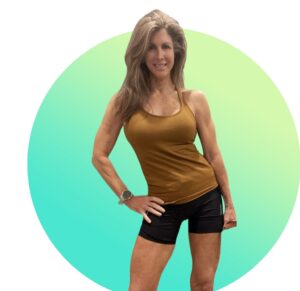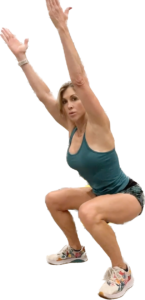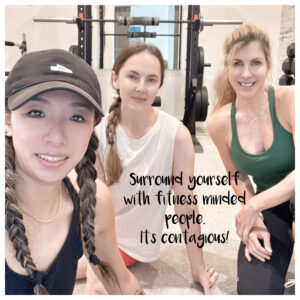Here’s Why Protein Matters with Fat Loss:
- Hormonal Harmony: Protein is the building block of hormones. Without sufficient protein intake, your body struggles to produce hormones that regulate appetite and fat burning.
- Hunger Control: Balanced hormones translate to regulated hunger. Adequate protein keeps you feeling satisfied, preventing unnecessary cravings and overeating.
- Cellular Reprogramming: Fat is the preferred fuel source for a well-functioning body. Protein is essential for restructuring your cells to burn fat efficiently instead of relying solely on sugar.
- Cellular Renewal: Old, sluggish cells struggle to burn fat. Protein supports the creation of new, metabolically-active cells that contribute significantly to fat burning.
- Muscle Building and Retention: Muscle tissue is a major fat-burning engine. Protein fuels muscle growth and repair, maximizing your body’s ability to incinerate calories.
- Optimal Digestion: Protein plays a vital role in breaking down food effectively. Poor digestion hinders nutrient absorption, leaving your body without the building blocks it needs for fat-burning processes.
The Protein Advantage:
- Enzyme Production: Enzymes, the chemical catalysts that drive fat burning, are built from protein. Insufficient protein intake limits enzyme production, hindering your body’s ability to burn fat efficiently.
- Cellular Reconditioning: When transitioning from a high-sugar diet, your cells are initially programmed for sugar uptake. Protein is critical for restructuring them to become adept at utilizing fat for energy.
Beyond Protein Bars and Powders:
While convenient, protein bars and powders can burden your digestive system and may not provide optimal protein sources. Focus on incorporating whole food proteins like lean meats, fish, eggs, and legumes into your diet. These offer a complete protein profile and support healthy digestion for maximum benefit.
The bottom line is that protein is not just a building block for muscle; it’s the foundation for a body optimized for sustainable fat loss. By prioritizing whole food protein sources, you’ll support hormonal balance, hunger control, cellular reprogramming, muscle building, and optimal digestion – all essential ingredients for achieving and maintaining a healthy weight.
P.S. When we eat proteins that are not hormone/corn/soy free, ingesting those forms of meat raise cortisol. Try your best to eat whole, unprocessed foods and prioritize protein intake. Your challenge this week is to track protein intake. I’d like you to take your goal weight multiplied by 1.05 to calculate a target amount for daily protein (in grams). And, try really hard to get protein from real food vs. protein powders –this one is a struggle for me, so I am right there with you.
You got this!
Lisa









